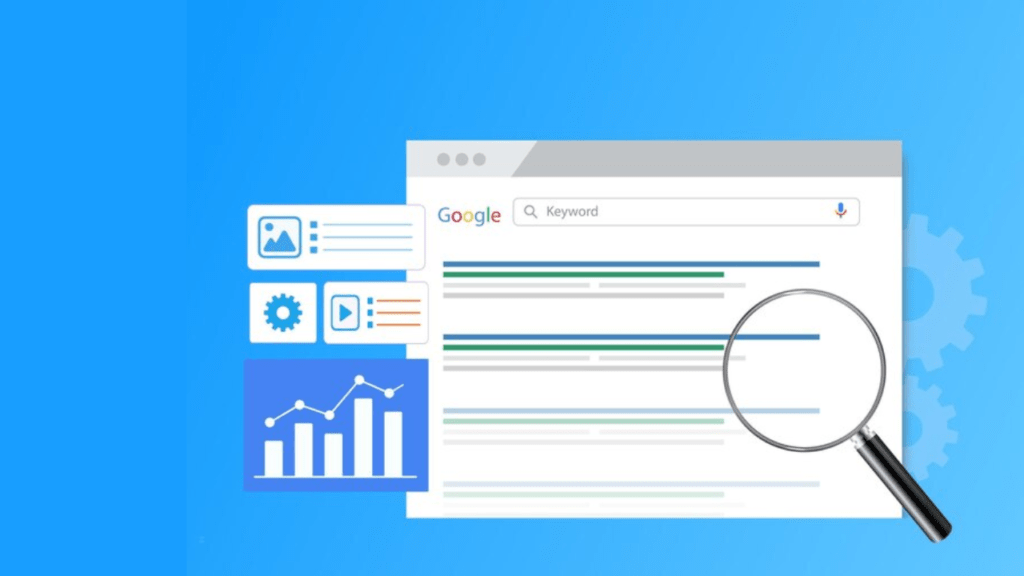
Introduction
Technical SEO is the backbone of any successful search engine optimization strategy. While content and backlinks are crucial, without proper technical SEO, your website might struggle to rank or even get indexed.
In this guide, you will learn how to do technical SEO effectively, covering everything from website speed optimization to structured data implementation. Whether you are an SEO beginner or a professional looking to refine your skills, this article will help you optimize your site for search engines and users alike.
What is Technical SEO?
Technical SEO refers to optimizing a website’s infrastructure to help search engines crawl, index, and rank it efficiently. Unlike on-page SEO, which focuses on content, and off-page SEO, which focuses on backlinks, technical SEO improves a site’s foundation, ensuring it is fast, secure, and mobile-friendly.
Key Benefits of Technical SEO
- Improves website speed and performance
- Enhances user experience
- Helps search engines index and understand content better
- Reduces crawl errors and duplicate content issues
- Boosts rankings on search engine results pages
How to Do Technical SEO: A Step-by-Step Guide

Step 1: Ensure Your Website is Crawlable and Indexable
Search engines must crawl and index your site to rank it. Here is how to check and optimize:
- Use robots.txt properly – This file tells search engines which pages to crawl or ignore. Ensure important pages are not blocked.
- Check your XML sitemap – Submit your XML sitemap to Google Search Console for proper indexing.
- Use canonical tags – Prevent duplicate content issues by adding canonical tags to pages with similar content.
Tool recommendation: Use Google Search Console to check indexing issues.
Step 2: Optimize Website Speed and Performance
Website speed is a ranking factor. Slow sites lead to high bounce rates and lower conversions. Optimize your speed with the following strategies:
- Enable browser caching – Store static files so returning users experience faster load times.
- Optimize images – Compress images using WebP format without sacrificing quality.
- Use a content delivery network – Distribute your content worldwide for faster loading.
- Minify CSS, JavaScript, and HTML – Remove unnecessary code to improve site speed.
Tool recommendation: Test speed using Google PageSpeed Insights or GTmetrix.
Step 3: Implement Mobile-Friendliness and Responsive Design

Google follows mobile-first indexing, meaning your mobile site matters more than desktop.
- Use a responsive design – Ensure your site adjusts to different screen sizes.
- Optimize mobile user experience – Use readable fonts, easy navigation, and clickable buttons.
- Avoid pop-ups – Intrusive interstitials negatively impact rankings.
Tool recommendation: Check mobile-friendliness using Google Mobile-Friendly Test.
Step 4: Improve Website Security with HTTPS and SSL
A secure site boosts rankings and trust.
- Install an SSL certificate – Ensure your site uses HTTPS instead of HTTP.
- Fix mixed content issues – Avoid non-secure elements, such as HTTP images on HTTPS pages.
- Enable secure authentication – Use strong passwords and two-factor authentication.
Tool recommendation: Check HTTPS status via Why No Padlock.
Step 5: Optimize Website Structure and Internal Linking
A well-structured site improves crawlability and user experience.
- Use a logical URL structure – Keep URLs short and keyword-rich.
- Implement breadcrumbs – Helps users and search engines navigate easily.
- Optimize internal links – Link to relevant content for better crawl efficiency.
Tool recommendation: Use Screaming Frog SEO Spider to analyze internal linking.
Step 6: Use Structured Data for Rich Snippets

Structured data helps search engines understand content better and can increase click-through rates with rich snippets.
- Add FAQ schema – Helps get featured in Google’s FAQ section.
- Use article schema – Enhances visibility for blog posts.
- Implement local business schema – Improves Google My Business rankings.
Tool recommendation: Validate structured data with Google’s Rich Results Test.
Step 7: Fix Technical SEO Issues and Monitor Performance
Regular site audits ensure your site stays optimized.
- Fix broken links and 404 errors – Redirect old pages using 301 redirects.
- Monitor crawl errors – Check Google Search Console for issues.
- Optimize Core Web Vitals – Improve metrics such as Largest Contentful Paint, First Input Delay, and Cumulative Layout Shift.
Tool recommendation: Use Ahrefs Site Audit or SEMrush for technical SEO analysis.
Common Technical SEO Mistakes to Avoid

- Blocking important pages in robots.txt
- Slow page speed due to unoptimized images
- Ignoring broken links and crawl errors
- Poor mobile experience due to unresponsive design
- Not using structured data for SEO enhancements
Conclusion
Technical SEO ensures better rankings, faster site speed, and improved user experience. Regular audits, speed optimization, and structured data implementation keep your site competitive. Prioritize technical SEO for long-term success. Need help? Contact us today!
(FAQs)
1. What is the difference between technical SEO and on-page SEO?
Technical SEO focuses on optimizing a website’s infrastructure to improve search engine crawling, indexing, and performance. It includes factors such as site speed, mobile-friendliness, structured data, and security. On-page SEO, on the other hand, involves optimizing content elements like keywords, meta tags, and headings to improve rankings.
2. How do I check if my website has technical SEO issues?
You can use tools such as Google Search Console, Google PageSpeed Insights, Screaming Frog SEO Spider, and Ahrefs Site Audit to identify and fix technical SEO issues like crawl errors, broken links, and slow page speed.
3. Why is website speed important for SEO?
Website speed is a ranking factor because search engines prioritize fast-loading websites for a better user experience. A slow site can lead to higher bounce rates, lower engagement, and reduced conversions, which negatively impact rankings.
4. What is Core Web Vitals, and why does it matter?
Core Web Vitals are a set of performance metrics introduced by Google that measure user experience based on page load speed, interactivity, and visual stability. They include Largest Contentful Paint (LCP), First Input Delay (FID), and Cumulative Layout Shift (CLS). Optimizing these factors can improve rankings and user satisfaction.
5. How can I make my website mobile-friendly for better SEO?
To improve mobile-friendliness, use a responsive design, optimize font sizes, simplify navigation, ensure buttons are easily clickable, and avoid intrusive pop-ups. You can check your site’s mobile-friendliness using Google’s Mobile-Friendly Test.







